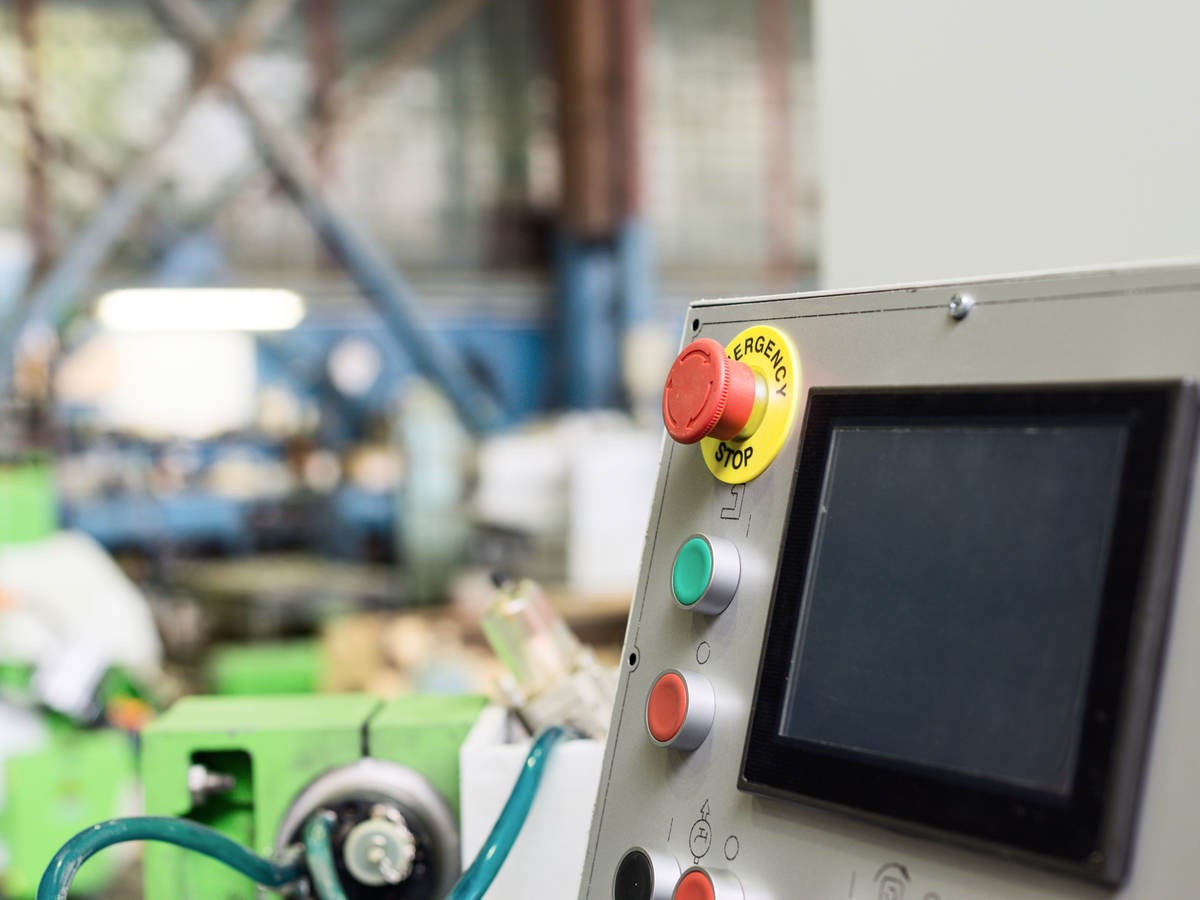
Why Functional Safety Matters in Renewable Energy Applications
As a global safety science leader, UL Solutions helps companies to demonstrate safety, enhance sustainability, strengthen security, deliver quality, manage risk and achieve regulatory compliance.
See how we put safety science to work to help create a safer, more secure and sustainable world for you.
Explore our business intelligence-building digital tools and databases, search for help, review our business information, or share your concerns and questions.
Accelerate your planning process and learn the requirements needed to take your products to market worldwide.
A secure, online source for increased visibility into your UL Solutions project files, product information, documents, samples and services.
Access UL certification data on products, components and systems, identify alternatives and view guide information with Product iQ.

ULTRUS™ helps companies work smarter and win more with powerful software to manage regulatory, supply chain and sustainability challenges.

Functional safety refers to part(s) of a system that must function correctly to maintain safe operation of that overall system. Examples of functional safety include a battery management system (BMS) that monitors voltage, current, and temperature inside a lithium-ion battery, solar photovoltaic (PV) rapid shutdown devices used to ensure a PV / solar installation is off when placed into a rapid shutdown mode, and electronic throttle control (ETC) in a passenger vehicle.
Functional safety can be provided by electronics, software and other technologies, including hydraulic or mechanical. While not usually thought of as such, overcurrent and overtemperature protection devices such as fuses, thermal cut-offs (TCOs), and circuit breakers are actually functional safety devices as they ensure the safety of their overall system.
Listen to our podcast today, and then download the white paper.

Why Functional Safety Matters in Renewable Energy Applications